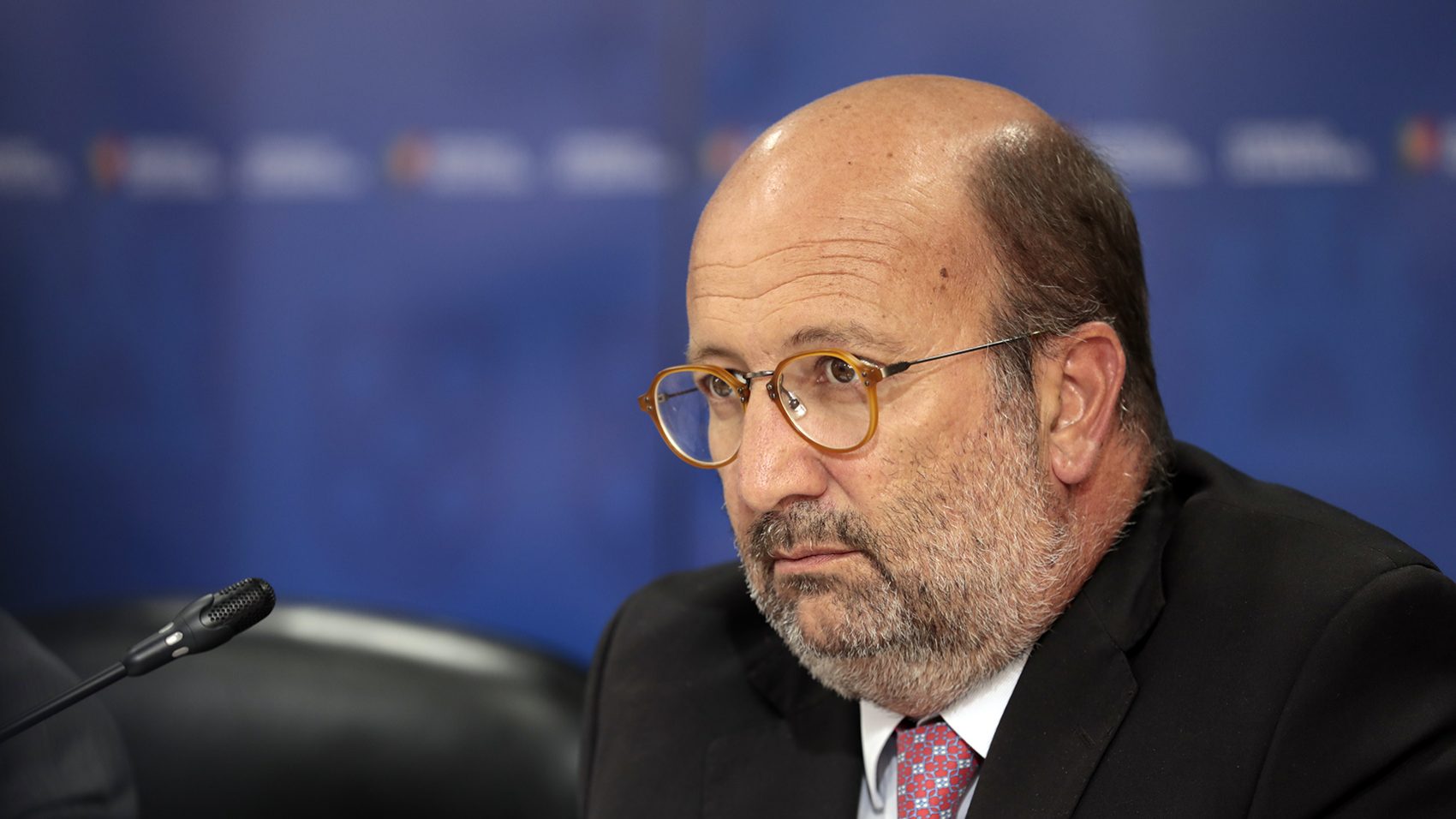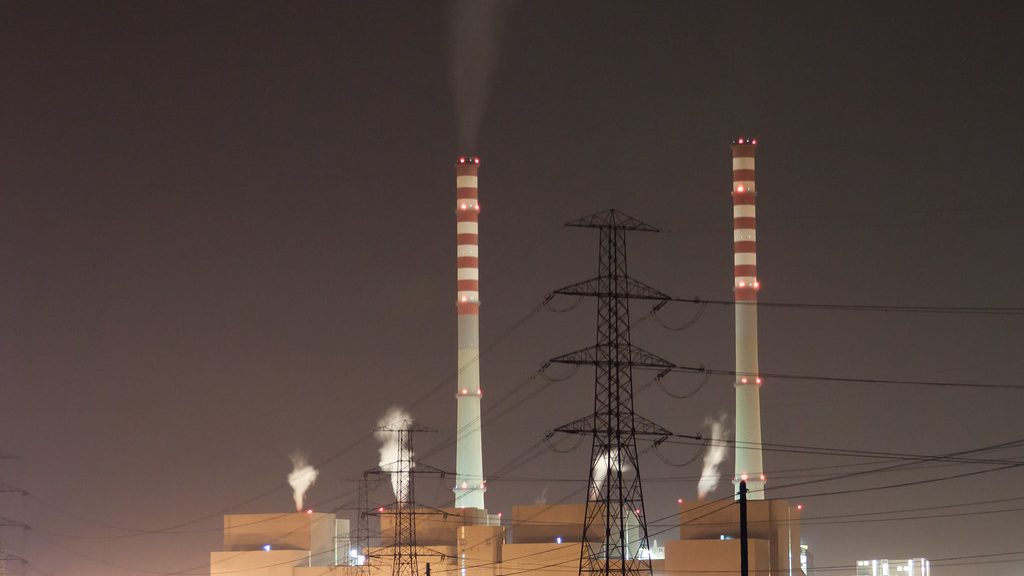Portugal: two green hydrogen projects to kick off by year-end
Green hydrogen production in Portugal is about to kick off, with two projects starting by the end of the year. The announcement was made by the Secretary of State for Energy João Galamba.
Portuguese green hydrogen will start to be produced in Portugal later this year, as announced by the Secretary of State for Energy, João Galamba, in the third edition of the Advocatus Summit. Although these are small-scale projects, this is the kick off for the renewable gas of the future that has become one of the government’s major commitments in the energy transition. And the government guarantees that the pandemic is not holding back investment.
“Exporting green hydrogen next year is difficult, but producing yes. Ideally, until this year,” Galamba said at the conference organized by ECO/Advocatus. He explained that these are two small pilot projects (and therefore not part of the list of 37 projects selected to eventually become part of the joint application of Portugal and the Netherlands for IPCEI status by the European Commission by the end of the year) , but that they serve above all to assess the impact of green hydrogen on the grid even before its commercial exploitation.
One of these is the initiative of Galp Gás Natural Distribuição, which owns nine regional gas distribution companies in Portugal and which was recently sold by Galp Energia to Allianz for 368 million euros. The project is currently under licensing and the company is in talks with the Energy Services Regulatory Authority (ERSE) and the General Directorate for Energy and Geology (DGEG) to test the injection of green hydrogen into a small distribution network and its supply to about 100 customers in the Seixal area.
The other project about to start is called Green Gas and is being developed in Évora by Fusion Fuel, in partnership with Galp. This pilot project will also soon test the injection into the green hydrogen distribution network that the company is already producing by water electrolysis at its plant in Sabugo, Almargem do Bispo, based on an innovative technology of solar radiation concentration (DC-PEHG)
The company has already announced that it wants to invest 488 million euros in five hydrogen projects until 2025 (one per year). João Wahnon, founder and executive director of Fusion Fuel revealed to ECO/Capital Verde that in 2021 the company will invest 18 million in the relocation of its plant to the south of the country and another 25 million in the hydrogen project Sines 1, with capacity to produce 2,500 tons of that gas by the end of next year. All this with own capital, thanks to the injection of capital by American HL Acquisitions. Then there are phases 2 to 5 of the Fusion Fuel project, between 2022 and 2025 (with successive annual investments of 61 million, 95 million, 142 million and 166 million). When all are completed, by the middle of the decade, the company wants to be producing 61 thousand tons of hydrogen.
Much larger will be the H2Sines anchor project. The mega-industrial unit for the production of green hydrogen in Sines, which is still in the pre-investment evaluation phase by a pan-European consortium composed of national (including EDP, Galp, REN and Martifer) and international companies, with a view to creating a central industrial unit in Sines, is still expected to take time. In a first phase, 10MW of electrolysis will be installed which, by 2030, may evolve to 1GW.
It will be during the next decade that the government intends to boost the production of green hydrogen. In the National Hydrogen Plan, a support mechanism is foreseen between 2021 and 2030 that covers the difference between the production price of green hydrogen and the price of natural gas in the Iberian gas market. 76 kilotonnes of green hydrogen will be auctioned in Portugal, for a 15% incorporation in the natural gas network, with support from the Environmental Fund between 500 and 550 million euros. However, Galamba guarantees that there will be no costs for taxpayers.
“One of the starting points of this strategy is to recognize that in the past, strategies to support renewables were paid for entirely by consumers. This generated problems, on the one hand, in the competitiveness of the Portuguese economy and, on the other, in the acceptance by those agents who paid the bill. And the starting point of the strategy is to recognize that this paradigm has to be affected,” pointed out the Secretary of State.
“If we didn’t introduce the possibility of certain industries to invest green hydrogen as part of their decarbonization strategies, the cost potential on the Portuguese economy would be high,” he added.
To decarbonize the economy and meet the goals for carbon neutrality in 2050, electrification is the main tool. But this is only possible for 80% to 85% of sectors. Outside are industries such as ceramics, glass, paper, textiles or Portuguese chemistry and, without alternative methods of decarbonization, “those companies, the workers and the owners of those companies would be in huge trouble because the goals of decarbonization are still there,” Galamba said.
The Secretary of State acknowledges that investment by companies is necessary: making Portugal a producer and exporter of this renewable gas will involve between 7 and 9 billion euros of private investment and an additional one billion euros in state support for production and investment support in the form of European funds paid by Brussels. But it considers that the context is favourable.
“Investments in renewable energies are among the few that have not stopped and even accelerated in the pandemic. We don’t see any change in the projects we had. On the contrary, we even see an acceleration. There are debt and financing mechanisms via the financial sector and the banking sector, where public aid from European funds managed by Portugal or the European Commission is quite significant,” the Secretary of State explained.


